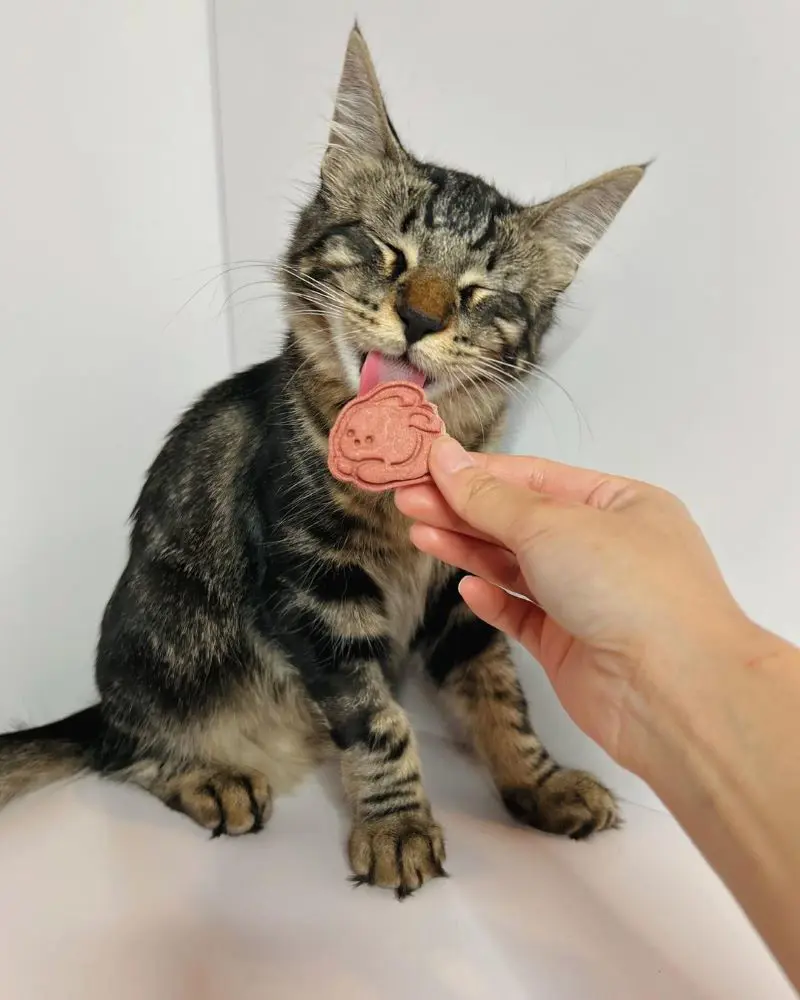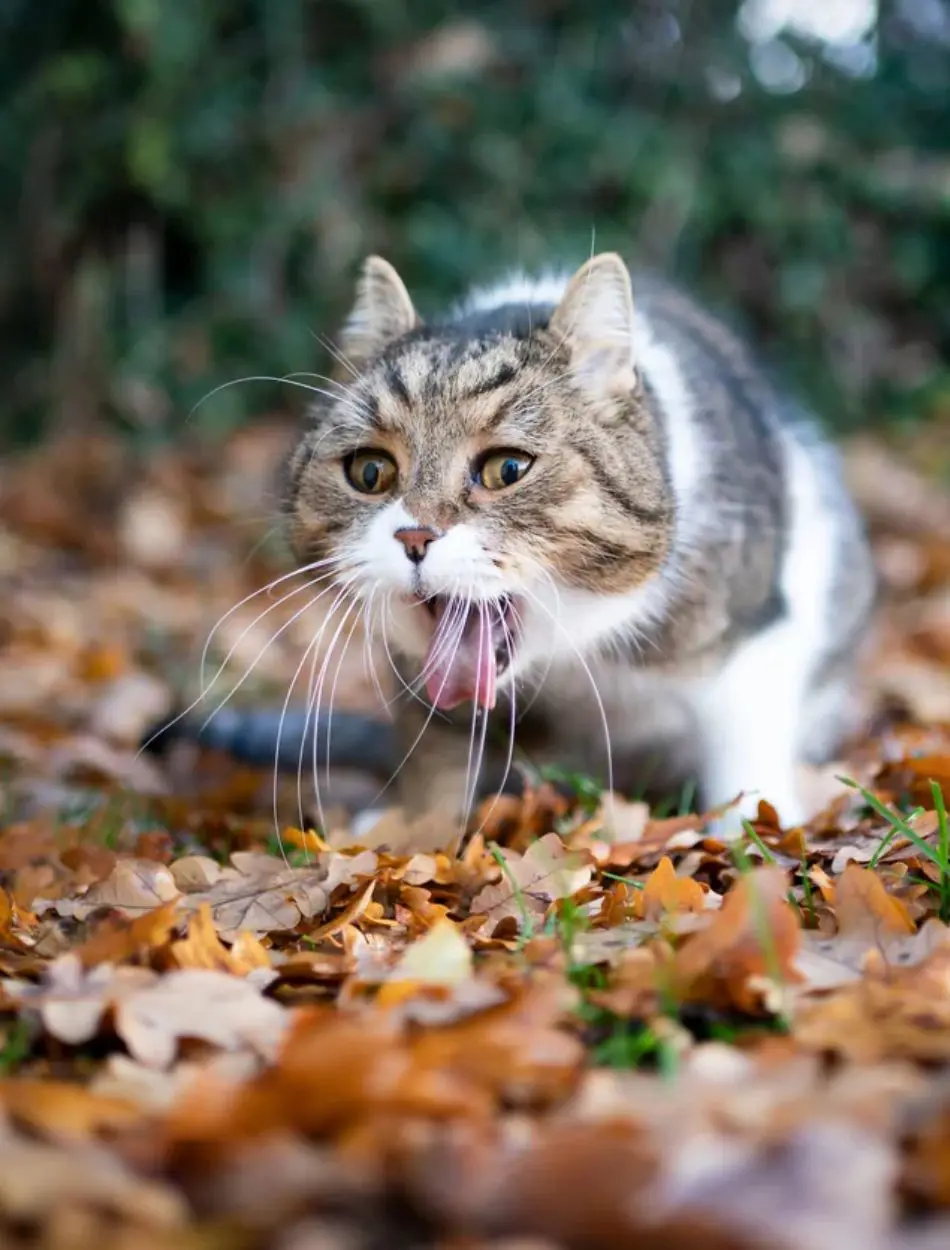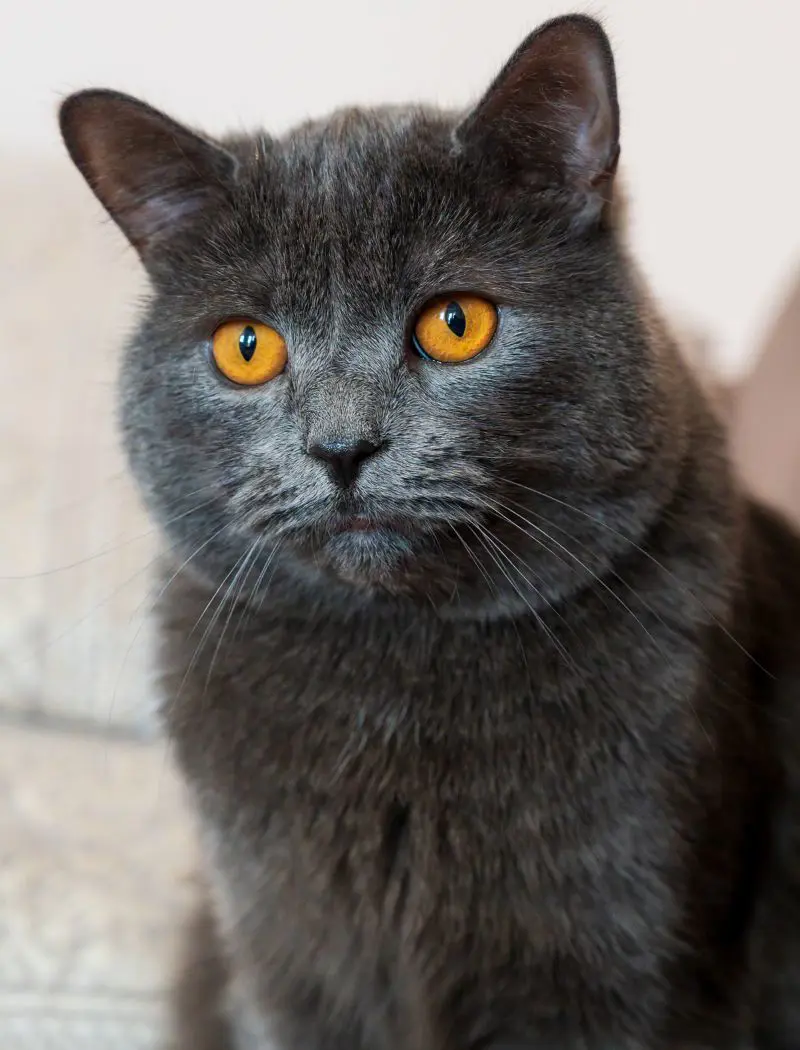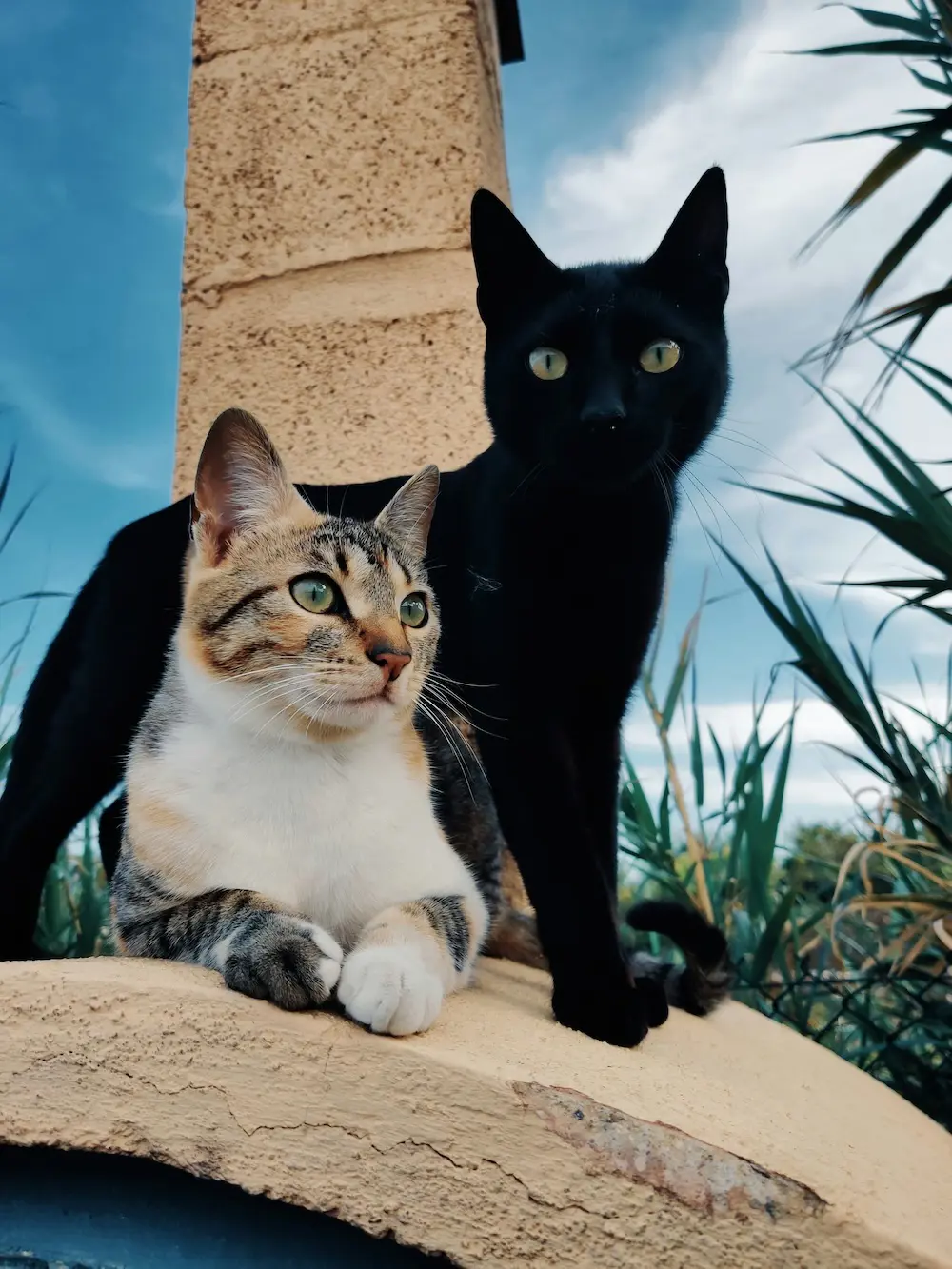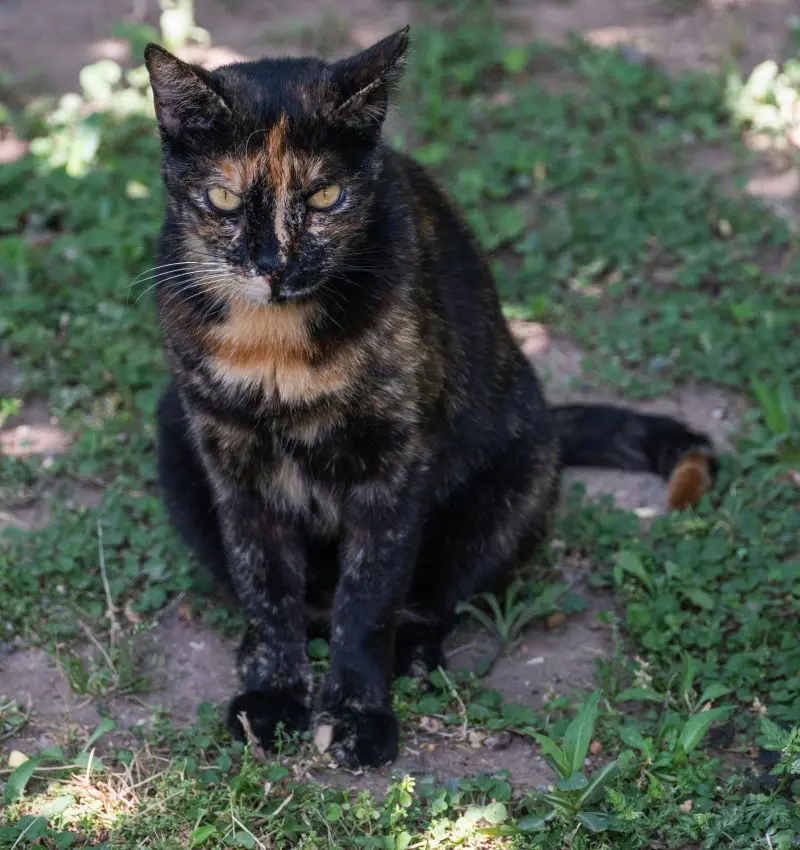Cat Poop Color Chart: How To Tell If Your Cat's Poo is Healthy
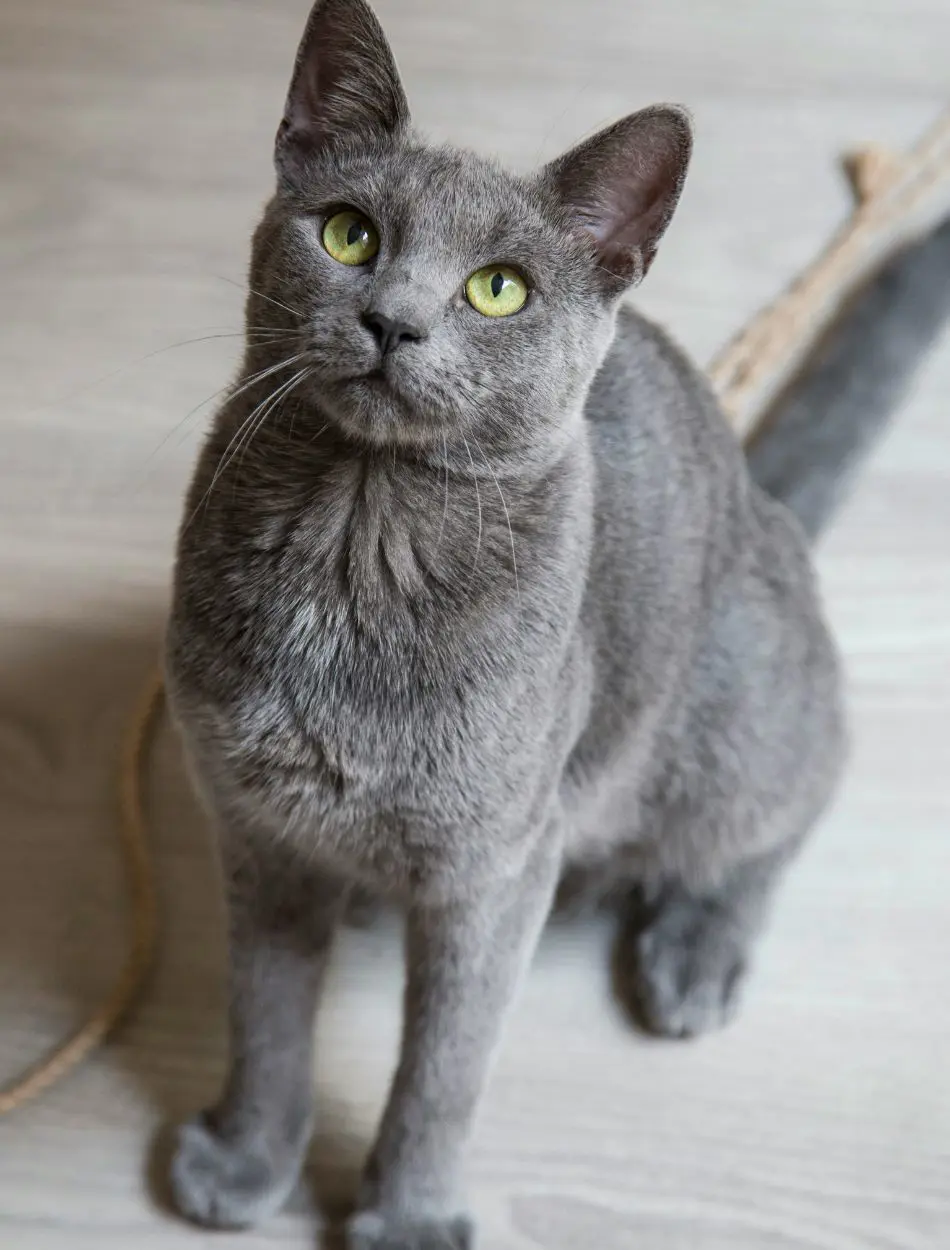
Monitoring your cat’s poop can offer essential clues about their health. While it appears to be a messy chore, taking note of the color, texture, and consistency of your cat's stool can warn you of underlying health troubles.
The cat poop color chart is a useful tool to recognize what’s going on in your cat’s digestive device. In this article, we’ll find out what colorations of cat poop can constitute, and when you need to consider visiting the vet.
What Should Normal Cat Poop Look Like?
Normal cat poop is a clear indicator of appropriate digestive health. Ideally, it should be medium to dark brown, equivalent to the colour of chocolate. This brown hue suggests that your cat’s meals is being properly digested and processed through the intestines.
In phrases of texture, healthy cat poop is properly-formed and firm, but not hard or crumbly. The consistency ought to be just like playdough – tender sufficient to keep its shape but no longer so dry that it crumbles or so wet that it leaves residue.
It ought to be unfastened from mucus, blood, or any atypical debris that would imply an underlying health issue.
Cat Poop Color Chart
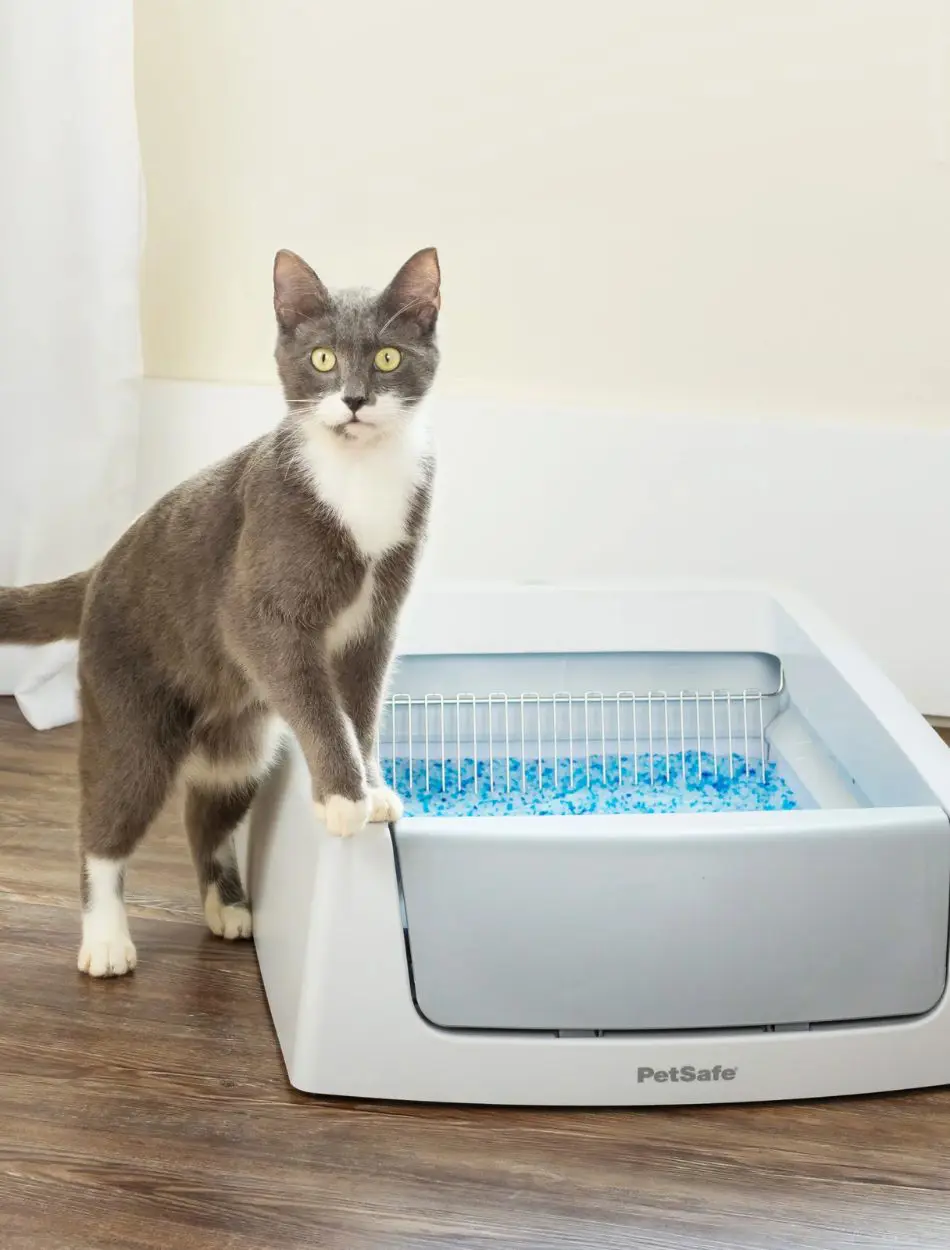
Brown
Normal, healthy cat poop is chocolate brown. This color indicates that your cat’s digestive device is functioning well, and they’re on a balanced diet.
Proper digestion involves the breakdown of meals in the belly and the processing of waste in the intestines, and the brown stool suggests that this procedure is taking place as it should.
Green
Green poop should signal that meals are moving too fast through the digestive tract, which means it hasn’t had sufficient time to break down well. It may also advocate bile overproduction or that your cat has ingested something inexperienced, along with grass or vegetation.
Yellow or Mustard
Yellow poop in cats often elements a malabsorption problem, in which your cat’s intestines aren’t absorbing vitamins well.
This may be associated with liver disorder or different problems inside the bile duct. Yellow stools may suggest that food is moving too quickly via the digestive system.
Black or Tarry
Black or very darkish brown, tar-like poop is a major red flag. This shade frequently suggests the presence of digested blood, which suggests inner bleeding, probable from the belly or small intestine.
This bleeding should result from ulcers, infections, or a severe condition like most cancers.
Red or Bloody
If your cat's poop has streaks of red or blood, it’s possibly because of bleeding within the decreased digestive tract, including the colon or rectum. This should result from infection, infection, or trauma.
Bloody stools can also be as a result of intestinal parasites, constipation, or anal gland problems.
White or Pale Gray
White or very pale stool indicates a hassle with the bile duct, liver, or pancreas. Normally, bile offers poop its brown color, so whilst poop is white or light, it shows bile isn't reaching the intestines.
Orange
Orange poop frequently points to a liver issue or trouble with bile acids, which are critical for digestion. It might also signal a food intolerance or an issue with the pancreas.
Gray or Greasy
If your cat's stool seems gray and greasy, it is able to indicate Exocrine Pancreatic Insufficiency (EPI), where the pancreas isn’t generating sufficient digestive enzymes. This consequences in maldigestion and terrible nutrient absorption.
Mucus-Coated or Slimy Poop
Mucus in cat poop should imply irritation inside the intestines or colon, frequently visible with conditions like colitis or inflammatory bowel disease (IBD). This is probably accompanied by means of diarrhea or constipation.
A vet visit is suggested in case your cat regularly has mucus in their poop, specifically if followed by different signs like weight loss or changes in appetite.
Cat Poop Consistency
The consistency of your cat’s poop can reveal essential insights approximately to their digestive fitness. Ideally, everyday cat poop ought to be firm and not hard, similar in texture to play dough. It needs to be properly shaped and preserve its form without being too dry or too soft.
If the poop is too hard or dry, it could indicate dehydration or constipation. Cats with tough stools may pressure in the course of defecation, and the poop may also seem like small, tough pellets.
On the other hand, tender or runny stools (diarrhea) regularly factor in digestive problems. This will be because of nutritional changes, meal intolerance, bacterial infections, or parasites.
Maintaining a constant poop texture is critical for monitoring your cat’s health. If you observe ongoing changes in your cat’s stool consistency, it’s important to consult your veterinarian to rule out any ability health troubles.
What To Do If Your Cat’s Poop Changes Color
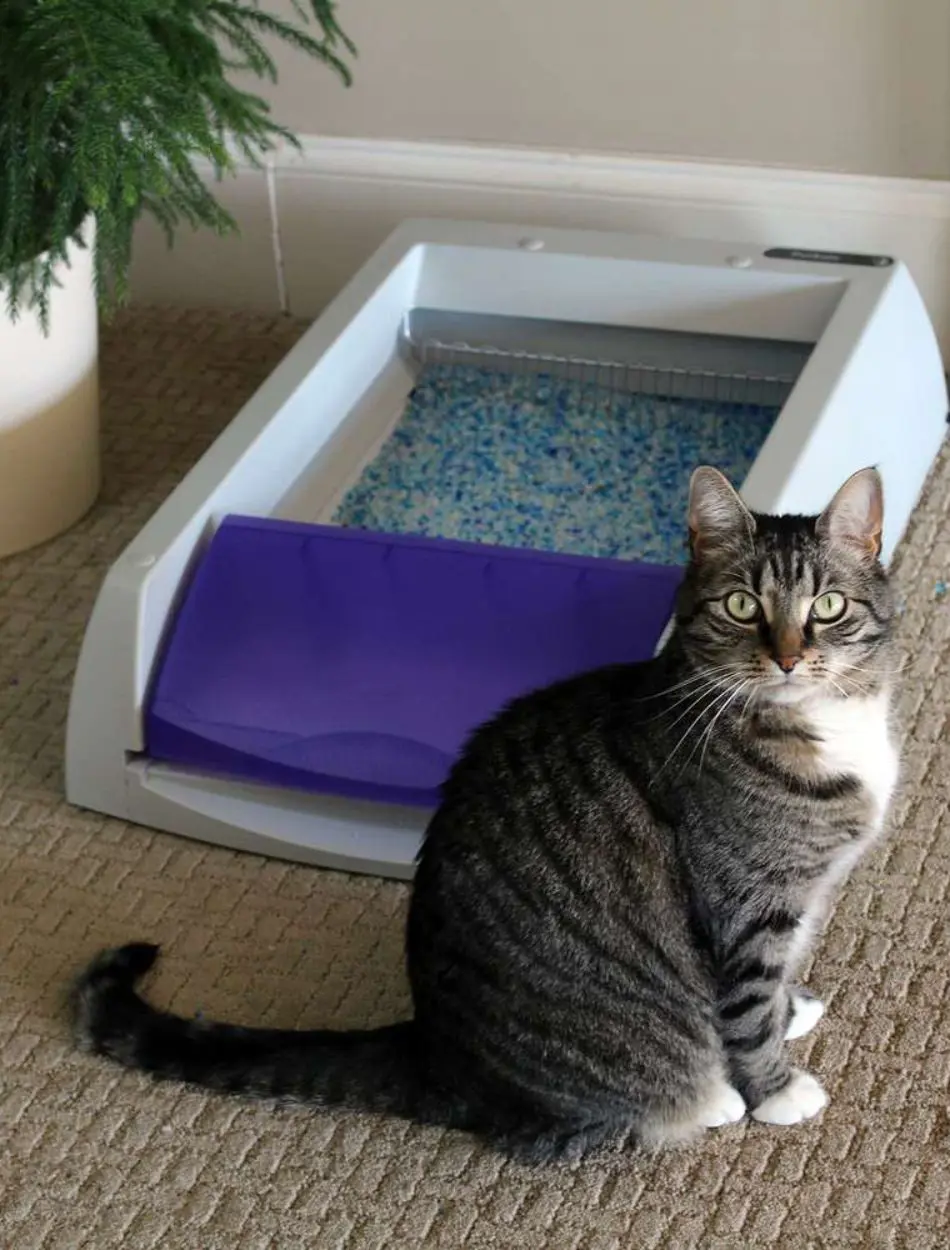
If your cat’s poop changes color, it’s essential to screen the situation carefully, as it may indicate underlying health troubles. A one-time alternate in color might not be a reason for concern, however consistent or dramatic changes may be a purple flag.
If the color persists or is followed with the aid of other symptoms like a cat throwing up, lethargy, diarrhea, or lack of urge for food, call your veterinarian right now. Different poop hues can signal various health issues:
- Black or tarry stools may indicate internal bleeding.
- Yellow or pale stools can be a sign of liver or digestive issues.
- Red streaks may suggest lower gastrointestinal bleeding or rectal injury.
How Diet Impacts Stool Color?
A cat’s diet performs an essential role in figuring out the color of their stool. A nicely balanced, nutritious food regimen generally results in brown, corporation stool, which is considered healthful. The brown color comes from bile, a digestive fluid that allows spoiling fat within meals.
If your cat consumes a brand new or distinct type of meal, you might observe a temporary change in stool color. High-fat diets or meals wealthy in synthetic coloring can motivate the poop to seem lighter or even orange. An eating regimen lacking in critical nutrients or fiber may also lead to light or yellowish stools, indicating malabsorption or poor digestion.
When to See A Vet
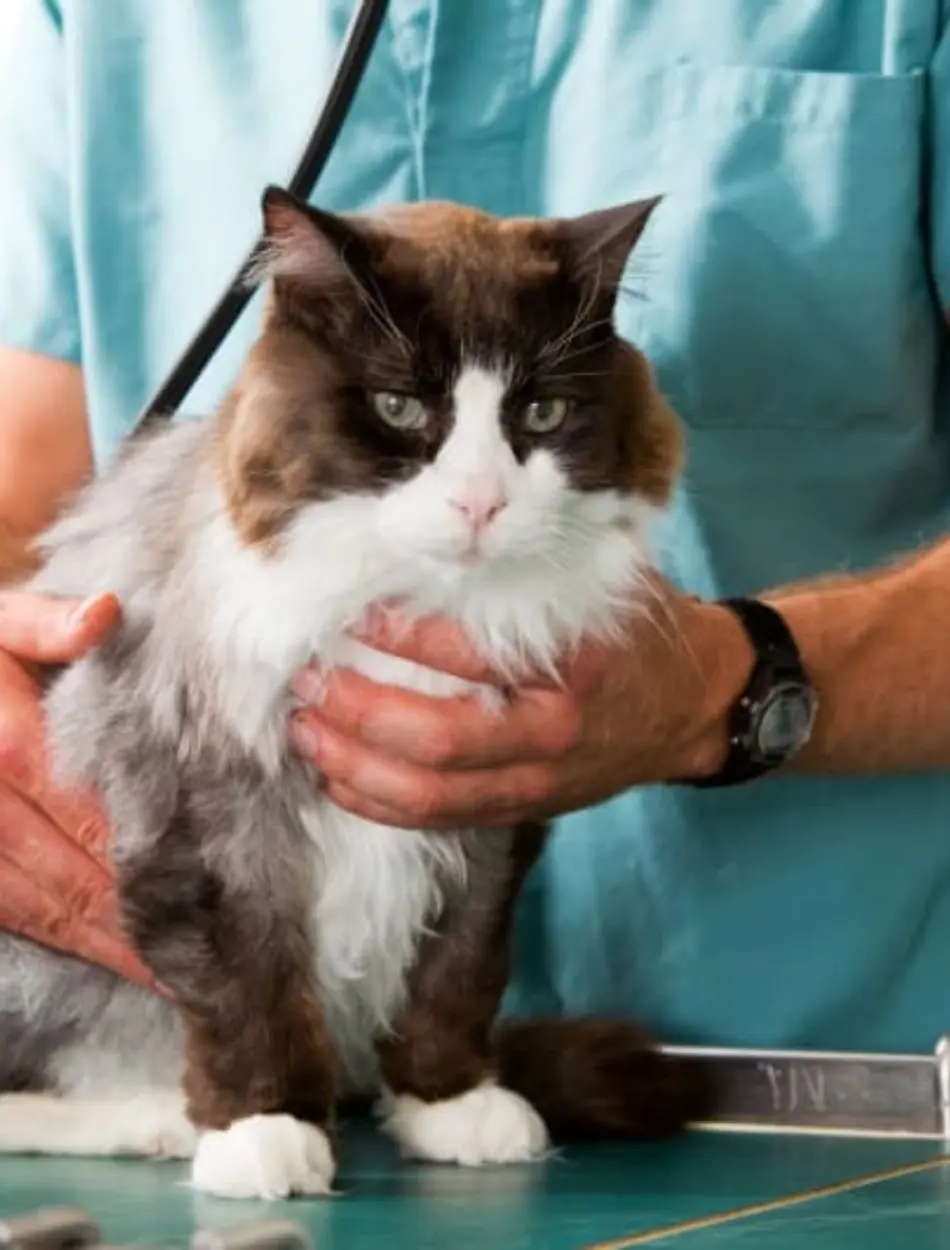
It is important to check on your cat's stool from time to time, as changes in color or consistency, or variations in how often it passes, may provide a good indication of your cat's overall health. Some signs that may raise concerns and warrant a vet visit over your cat's feces include:
- Color Changes: Black poop is a sign of internal bleeding, blood-red, yellow, white, or gray due to liver and bile problems. If you see any of these colors in your cat's feces, you should immediately call your vet because these colors are usually associated with serious health problems.
- Chronic Diarrhea: Although it is normal to occasionally pass loose stools, extended diarrhea in cats of more than 24-48 hours in a cat can lead to dehydration and indicate gastrointestinal infections, parasites, or disorders.
- Constipation: It can cause straining during passing hard and dry stools or higher than a normal daytime without passing stool. Signs of dehydration, dietary problems, or even extra existence-threatening ones, intestinal blockages may also be starting to emerge.
- Mucus or Blood: If you are aware of a few mucus or bloodlines in your cat's stool, then it is indicative of irritation, contamination, or colitis.
- Other Symptoms: Diarrhea or constipation combined with vomiting, lethargy, loss of weight, or an alternate in appetite is a cause for the situation.
Recent posts
Cats
How Much to Feed a Kitten: A Complete Chart, Schedule And Caring Guide
As cats are fast-growing, their nutrient requirement can change quickly, sometimes within a few days. Generally, a food schedule consisting of small amounts spread throughout the day is much better than feeding 2-3 large meals. If you are unaware of ...
Why Is My Cat Throwing Up? 16 Common Reasons
Your cat doesn't always give you a clue why their tummy is troubling them so much that it is hurling hairballs or something more serious. Why does your cat vomit? From simple dietary indiscretions to a myriad of other common and complex conditions, t...
A Step By Step Guide On How To Give A Cat A Pill
Since cats are regarded for their independence and generally tend to refuse to take medications, giving them a pill can be a tough attempt for many pet owners. This makes the process stressful for both the pet and the owner. This guide is supposed to...
18 Signs A Cat Is Dying
One of the most difficult things to witness as a pet owner is seeing your feline's degrading condition. They are known to hide their pain and discomfort during the end of their lives. It is important to know the signs a cat is dying to offer comfort ...
15 Hypoallergenic Cat Breeds
Fur shedding, while a routine part of a cat's hygiene, can be a source of irritation to their owners. Especially in people allergic to protein excreted by cats, this can be a serious problem. Despite pet parents' fascination with perfect hypoallergen...
Blood in Cat Stool: What Does It Mean?
Noticing blood in your cat’s stool is a sight no pet owner wants to bear witness to. While seeing your cat excrete blood is hard enough already, this symptom could indicate something much more devastating. Take a look at some of the issues and ...
